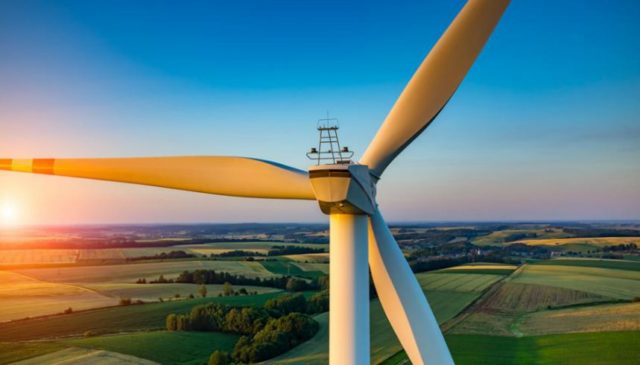On February 13 Rebecca Miano, the CEO of Kenya Electricity Generating Company (KenGen), said the company intended to issue a new bond in the fourth quarter of this year to fund new developments.
Speaking to Reuters, Miano said that on top of looking at potentially issuing asset-backed securities, the offering could also represent the country’s first green bond – financial products intended to fund environmentally sustainable projects such as renewable energy developments.
To this end, on February 20 the Capital Markets Authority announced the launch of the country’s green bond market, unveiling a series of regulations concerning such issuances, opening the door for initial offerings on the Nairobi Securities Exchange.
Renewables key to national power expansion plans
Given that KenGen, which is 70% state owned, supplies around 70% of the country’s electricity, the capital the company is looking to raise will be used to support the government’s plans to achieve universal connection to power by 2022, either through on- or off-grid access, up from the present level of 75% connectivity.
To achieve this, Kenya will expand its energy sourcing options, as outlined in a new strategy paper issued in December.
Developed in partnership with the World Bank, the Kenya National Electrification Strategy (KNES) aims to expand installed generation capacity by 3000 MW over the next five years, around double the current amount. While this is to be achieved by utilising a mix of sources, the plan places a heavy focus on renewable power.
According to financial estimates accompanying the KNES policy paper, there will be KSh1.5trn ($15bn) worth of investment opportunities in the energy sector over the period.
In a sign that renewable projects are set to feature in these plans, in early January French solar energy firm Alten Africa announced its contractor Voltalia had broken ground on a 40-MW photovoltaic plant in Uasin Gishu County, with the project set to supply the national grid by March next year.
KenGen is also ramping up its geothermal output, utilising underground steam sources in the Rift Valley.
In her February interview with Reuters, Miano said the company was looking to add 720 MW in generation capacity by 2022. While 80 MW of this new capacity will be wind driven, the majority will come from geothermal sources, she said, which already account for around one-third of KenGen’s generational output.
In addition, hydroelectric capacity is set to increase through the construction of two dams on the Arror and Kimwarer Rivers in the Rift Valley.
On-the-ground planning and land acquisition is currently being conducted for the twin developments, which have a combined budget of $630m. The project, being developed as a partnership between the Kerio Valley Development Authority and Italian firms CMC di Ravenna and Itinera, will add 60 MW to the national grid once completed.
Green energy activity comes amid phasing out of hydrocarbons
Kenya’s increased investment in renewable energy is part of a broader strategy to phase out its reliance on thermal power plants, which mainly consist of diesel-fired stations operated by independent power producers (IPPs).
In April last year Charles Keter, the cabinet secretary for energy, said the government was not planning to renew the licences of IPPs operating the 27 thermal power stations currently supplying the grid.
Currently, thermal plants account for 700 MW of Kenya’s installed capacity of 2800 MW, a quarter of the total. While the government is looking to remove hydrocarbons from the country’s energy mix, the last of the diesel-fired plants may not be shut down until 2032, as some IPPs hold long-term contracts.
Adverse weather patterns could also play a part in keeping Kenya’s thermal power plants on-line, at least until more renewable energy capacity is deployed.
Low rainfall in 2017 and 2018 reduced output from the hydroelectric component of the power sector, which, along with higher fuel prices, was one of the main factors behind distributor Kenya Power’s increased expenditure on diesel fuel.
In the 12 months to the end of June 2018, the company paid KSh14.8bn ($147.8m) to IPPs with diesel-fired plants, up 8% on the KSh13.7bn ($136.8m) spent in the previous 12-month period.
Delays could slow energy transition
Another potential obstacle to any accelerated phasing out of thermal power capacity is the difficulty Kenya has experienced in the timely rollout of dam construction projects.
Prolonged disputes over compensation and the resettlement of landowners, combined with contractual disagreements with participating companies, have delayed a number of dam developments, affecting the development of new generation capacity.
However, the increased focus on other renewable resources will mitigate some of these delays, as well as providing an alternative to hydroelectricity that is not susceptible to drought and the long-term impact of climate change.
This push towards a broader base for Kenya’s renewable energy industry should also open investment opportunities for material and service suppliers along the project chain, and downstream operators.

